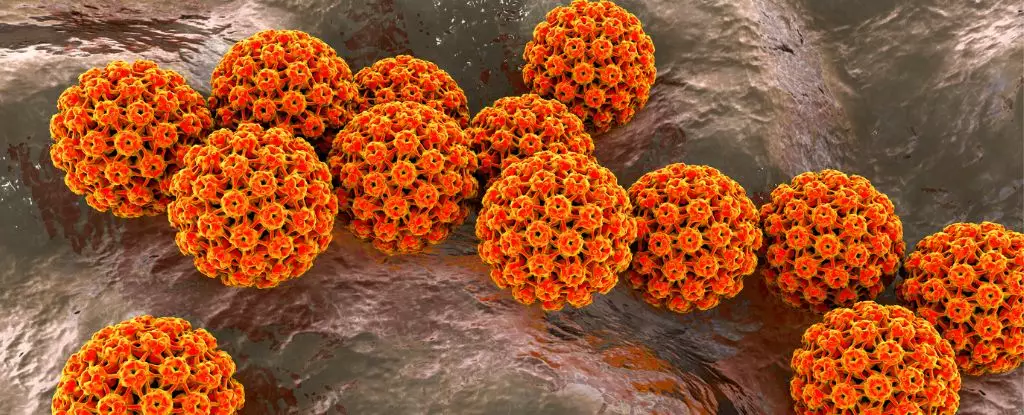Recent research unveils a concerning trend: men are at substantial risk of contracting severe forms of oral human papillomavirus (HPV) throughout their lives. While frequently associated with cervical cancer, HPV also significantly contributes to oropharyngeal cancers—cancers of the throat and mouth which have been escalating alarmingly in the United States and Europe. The implications of this study challenge conventional notions about HPV vaccination and the targeted demographics that require it, especially among men, significantly highlighting the urgency of broader vaccination coverage.
One of the most striking elements of the findings relates to the gender disparity in cancer diagnoses. While oropharyngeal cancers affect men at a significantly higher rate than women—regardless of typical cancer risk factors such as smoking and drinking—this new data suggests that the risk is pervasive among men of all ages. In a study that analyzed a group of 3,137 healthy men aged 18 to 70 from the U.S., Brazil, and Mexico, researchers found that the age of the men did not affect their susceptibility to new, cancer-causing strains of HPV. This revelation disrupts the long-held belief that HPV is predominantly a concern for younger individuals, promoting a critical re-evaluation of vaccination age guidelines.
The current HPV vaccine landscape presents a dichotomy: while the vaccine effectively protects against the most dangerous strains—specifically HPV-16 and HPV-18, which account for up to 90% of HPV-associated oral cancers—vaccination rates among young males remain worryingly low compared to females. The U.S. Centers for Disease Control and Prevention (CDC) recommends vaccination for all young individuals up to age 26 but only suggests vaccination beyond that age for those who are immunocompromised or have other specific risk factors. This approach seems flawed in light of the findings that indicate a lifetime risk for HPV infection. Many men may have missed the opportunity to get vaccinated early in life, creating the potential for a public health crisis as the incidence of related cancers continues to increase.
HPV is predominantly known as a sexually transmitted infection, yet the transmission methods are often broader than assumed. This study raises awareness that oral HPV can be contracted through various interactions aside from sexual activities, including non-sexual contact through fingers and skin. The prevalence of HPV in healthy individuals—almost 20% in the analyzed cohort—suggests that misinformation and stigma may prevent men from recognizing their vulnerability to this virus, leading to lower participation in vaccination initiatives.
Given the compelling evidence of ongoing HPV risk and the changing demographics of affected individuals, it is essential to adapt vaccination strategies. Anna Giuliano, an epidemiologist involved in the study, emphasizes the necessity for a redimensioned approach that caters to different age groups and social circumstances. Targeting education and awareness campaigns specifically at adult men and fostering an understanding of the benefits of vaccination even beyond adolescence can play a significant role in curtailing the rise of HPV-related cancers.
The findings from this study serve as a wake-up call to health authorities, healthcare providers, and the public alike. Ignoring the risks associated with HPV in older populations could lead to dire consequences for community health. As oropharyngeal cancers continue to rise amongst men, it becomes critical to dismantle the barriers to vaccination and to educate men about their risk factors and preventive measures. An increase in vaccination coverage among all age groups could provide significant benefits in the fight against HPV-related cancers, fostering a healthier future for men everywhere.


Leave a Reply